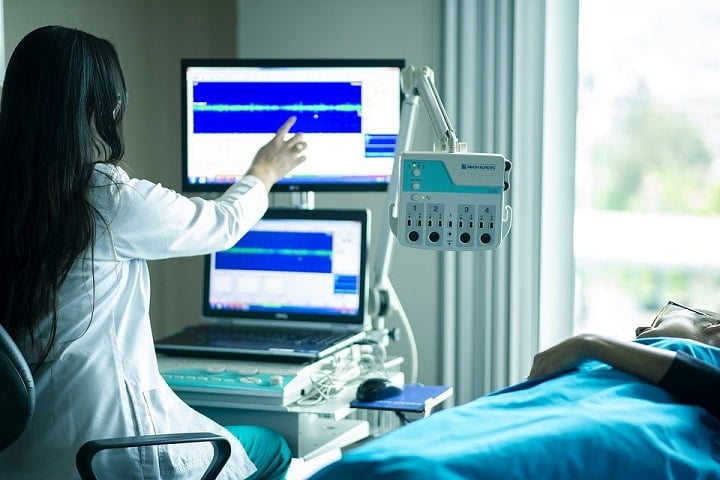The recent rise of MedTech has led us to believe that we can face any hurdle with ease. The data can help make a more confident and accurate diagnosis with artificial intelligence in the healthcare sector.
The change in weather conditions and lifestyle has led to the increase of various diseases and ailments among the masses. A common observation due to climate change is the increased risk of illness. It can be due to the increasing temperatures, effects of storms, or frequent heavy rains. The resultant impact is seen on the body’s respiratory and nervous systems, and at times gastrointestinal diseases too.
Most of us take precautions according to the weather conditions while stepping outside. For example, you can check the weather in North Hollywood, LA, if you live there on apps or websites before you head out for work or pleasure. You can also check the AQI or pollen index and take extra precautions if required.
With the pandemic at hand, MedTech has increased rapidly and helped to manage the entire healthcare ecosystem more efficiently.
The Beginning
The adoption of tech especially after the last two years has led to a more intelligent, convenient, and efficient healthcare ecosystem. The availability of smart machines allowed us to put together a therapeutic approach that helps to take up routine tasks and acts as an enabler for quality patient-doctor time. Data management systems, cardiac imaging technology, and x-ray machines surpass human beings in more than one way.
However, it is also crucial to note that the advancements in cardiology and the overall health care system took years to reach the position that it is in today. Artificial intelligence not only helps doctors to have a precise diagnosis of their patients but also aids them during the surgeries too.
The citation of new emerging technologies by a study of the National Center for Biotechnology Information (NCBI) has led to Minimally invasive surgeries (MIS) becoming safer and more efficient for the patients.
It all dates back to the study of the heart’s anatomy by the English physician William Harvey in 1628. The first electrocardiogram, by the Dutch physiologist William Einthoven, 300 years later, helped to measure the electrical activity of the heart. By the 20th-century open-heart surgeries became a common affair.
Prevailing Conditions
As we move forward to 2021 healthcare has become a lot smarter along with the rise of the scale of the problems. According to the reports by the World Health Organization cardiovascular disease is one of the prime reasons for death globally. If you are to refer to the numbers it stacks at roughly 18 million deaths per year.
In developing countries like India, nearly a quarter or 24.8% of the deaths are due to cardiovascular diseases as per the Global Burden of Disease. To put into perspective, the total death toll till August by COVID-19 around the globe was 4.5 million.
The complexities associated with heart disease led to numerous challenges. It is also common to observe subtypes of the disorders, each of which requires its specific therapy. Therefore it is all the more crucial to make the appropriate diagnosis of the same.
The Tools
The power of artificial intelligence can help us to interpret medical data more accurately and aid the medical staff to have a confident diagnosis. While the traditional methods used setting x-ray parameters manually, the automatic process helps to deal with patients experiencing a heart attack or a stroke. Thus, helping to save valuable time and life.
The presence of powerful imaging technologies helps to diagnose various problems within the important organs of the body. It also aids the technicians with precise decision-making during crucial medical procedures. Very recently, developments have led to the detection of cardiovascular risk through eye scans.
The integration of patient data analysis and doctor reports in one dashboard helps to reduce the administrative workload. It is an age-old belief that the only way to find a cure for multiple arterial blocks is to replace a valve in the heart via open-heart surgery. But the advancements in technology have led to an increase in the Minimally Invasive Procedures for such conditions.
Prioritizing Patients
For the advancements in MedTech, the patients are at the center of all considerations and process development. It is vital to create better patient outcomes when healthcare is essential for people of all age groups. The rise in diseases and frailing health conditions among the masses is a reason to worry for the days to come.
Therefore with the transformation and mutation of diseases, it is also essential for MedTech to evolve and grow further. The availability of smart machines, Precision healthcare, and real-time insights are some of the vital reasons why doctors and patients need to subscribe to such better facilities in the coming days.


















